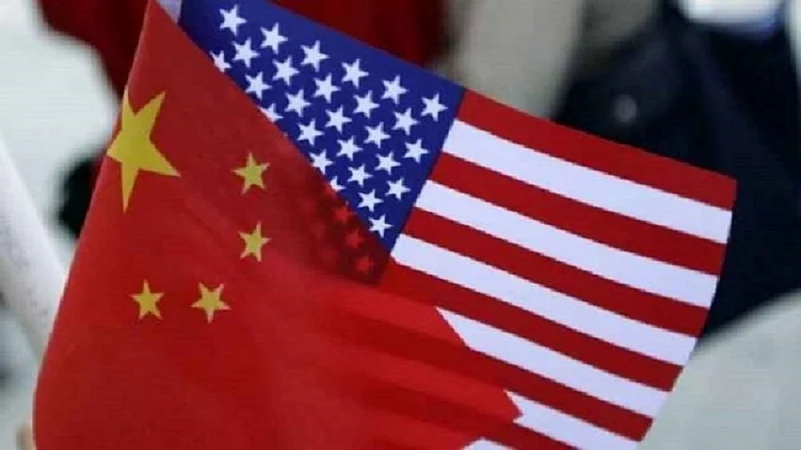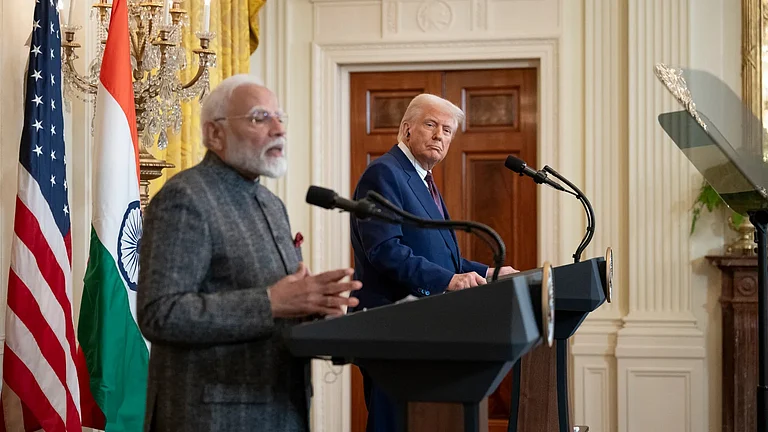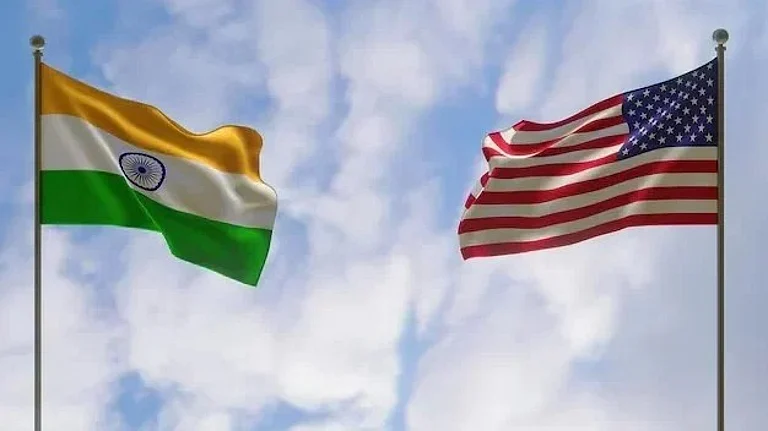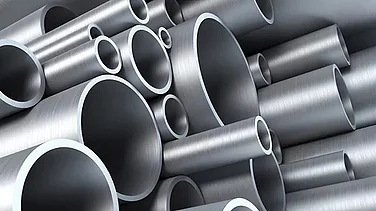On Thursday, the Chinese commerce ministry responded to US President Donald Trump's "ball is in China's court" comment and said that the country is open to negotiations with the US, however, it demanded respect. The Trump administration is constantly raising pressure on China by increasing tariff rates, which currently stand at 245%.
A commerce ministry spokesperson, He Yongqian, not only criticised the tariffs as irrational during a weekly news conference but also vowed to "fight to the end" if the US insists on heaping substantial damage on China's rights and interests. Trump, on the other hand, wants China to initiate the discussion, Reuters reported.
China has asserted that, unlike other countries that responded to Trump’s “reciprocal tariffs” by seeking negotiations with Washington, it has chosen to raise its tariffs on US goods instead. Beijing maintains that any talks can only take place based on mutual respect and equality. However, trade dispute between the Trump and Xi is nothing new. It had its root way back to Trump's first term
Timeline of US-China Tariff Stand-off
April 2017: Trump and Chinese President Xi Jinping agreed upon holding a 100-day plan for trade talks as he planned to reduce the US' trade deficit with other countries shortly after becoming president for the first time. However, the talks collapsed by July.
August 2017: Trump then initiated an investigation into alleged Chinese intellectual property theft, estimating annual losses of up to $600bn.
January 2018: The US declared a 30% tariffs on imported solar panels, directly impacting China’s stronghold in the global solar market.
April 2018: As a response, Beijing hits back with duties on $3bn worth of American goods, including agricultural products and aluminium. Just a day later, the US raised the ante and imposed 25% tariffs on Chinese aerospace, machinery and medical industries worth about $50bn. China again hit back with 25% duties on aircraft, automobiles, soybeans and chemicals among other imports, worth about another $50bn.
June-August 2018: In three months, both sides levied at least three rounds of reciprocal tariffs, costing over $360bn in bilateral trade as per AP.
December 2018-May 2019: Even after agreeing to halt new tariffs in December 2018, both sides again failed in finalising a trade deal and Trump further increased tariffs from 10% to 25% on $200bn Chinese goods. Washington also banned Huawei from sourcing American technology which escalated the trade conflict into the tech sector.
October–December 2019: U.S. authorities begin national security investigations into TikTok. The Pentagon orders personnel to remove the app from government devices.
January 2020: The U.S. and China sign the Phase One trade deal, under which China agrees to purchase an additional $200 billion in U.S. goods over two years—targets that ultimately went unmet.
October 2022-May 2024: During former US President Joe Biden's tenure, the US increased tariffs on Chinese electric vehicles, solar cells, and medical equipment, continuing trade tensions.
February 4, 2025: After taking charge of the White House again, Trump reinstated 10% tariffs on all Chinese imports; Beijing retaliated with duties on US coal, gas and agricultural machinery.
March 4, 2025: Additional 10% tariffs take effect, prompting China to raise duties on key US exports.
March 26, 2025: The US blacklists over 50 Chinese tech firms, further restricting China’s access to advanced computing technologies.
April 2, 2025: Trump declares 'Liberation Day', implementing a 34% tariff on all Chinese imports.
April 4, 2025: China responded with other retaliatory moves, including export controls on rare earth minerals and filed a lawsuit at the World Trade Organisation. It also imposes a 34% tariff on US goods. China also launched an anti-monopoly probe into DuPont China Group Co.
April 9, 2025: US again hiked duties to 104% to which China retaliated with 84% tariffs.
April 10, 2025: Trump raised tariffs on Chinese imports to 145% while pausing tariffs for other nations for 90 days. China also increased its tax from 84% to 125%.
April 16, 2025: The US again increased punitive tariffs on Chinese goods to 245%, and said that
China has urged other countries, including India, to resist what it calls “tariff abuse” by the US. As both nations seem to be escalating trade war without a sign of stepping back anytime sooner, it is expected to keep global economic conditions unstable as well.
































